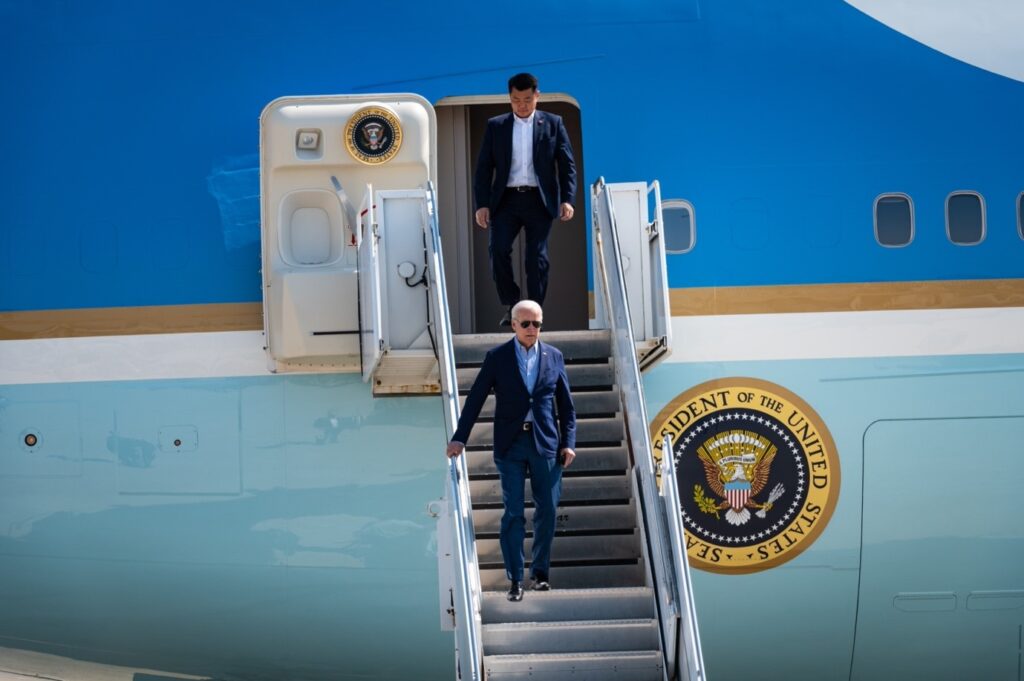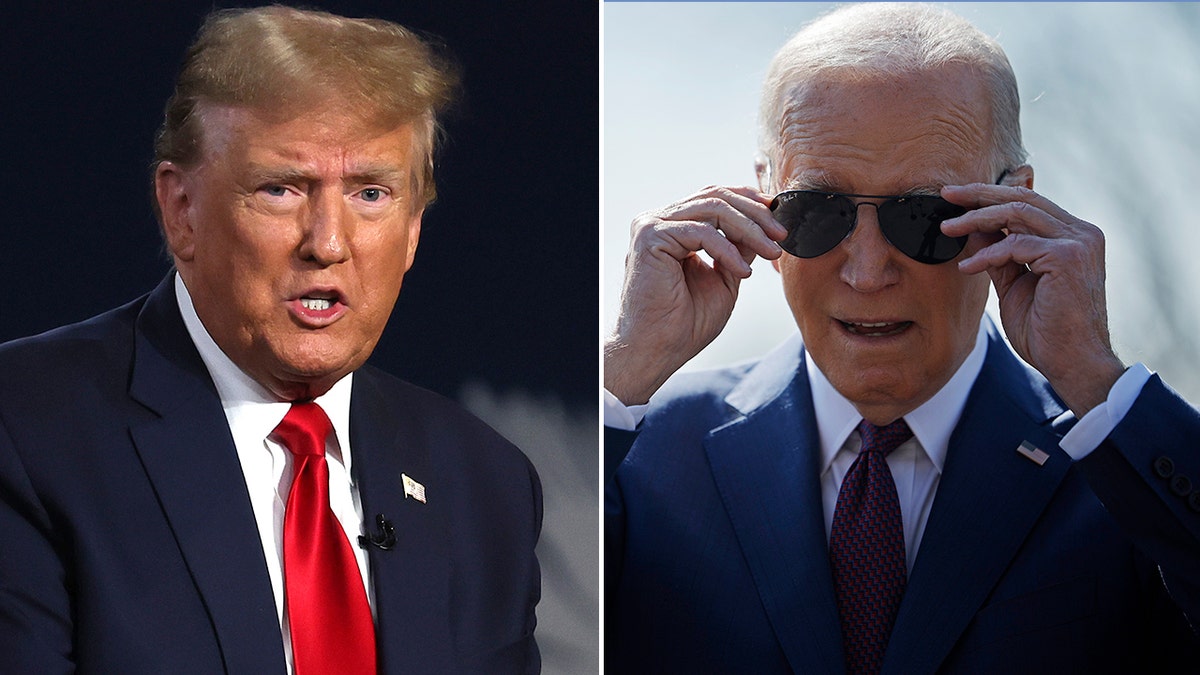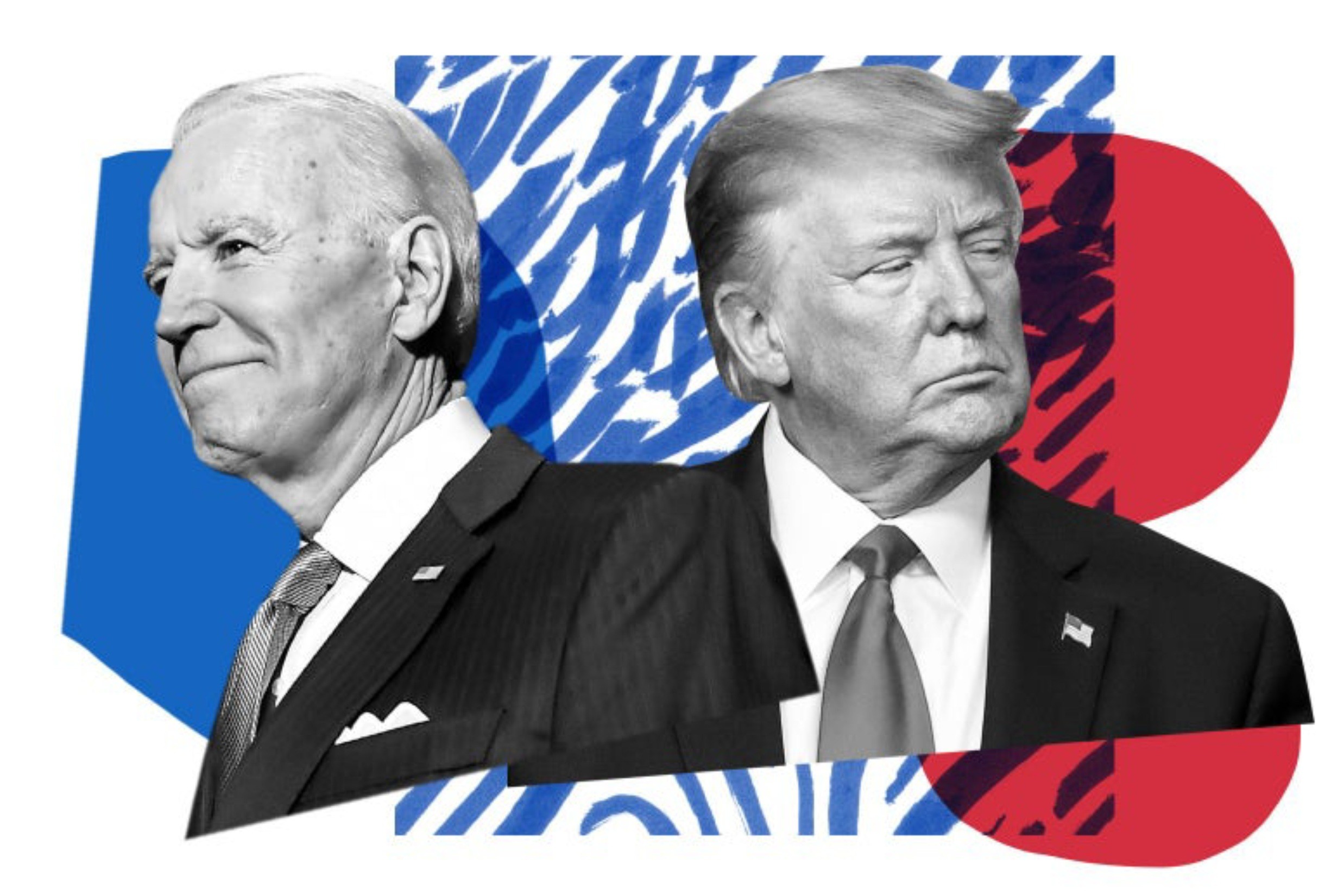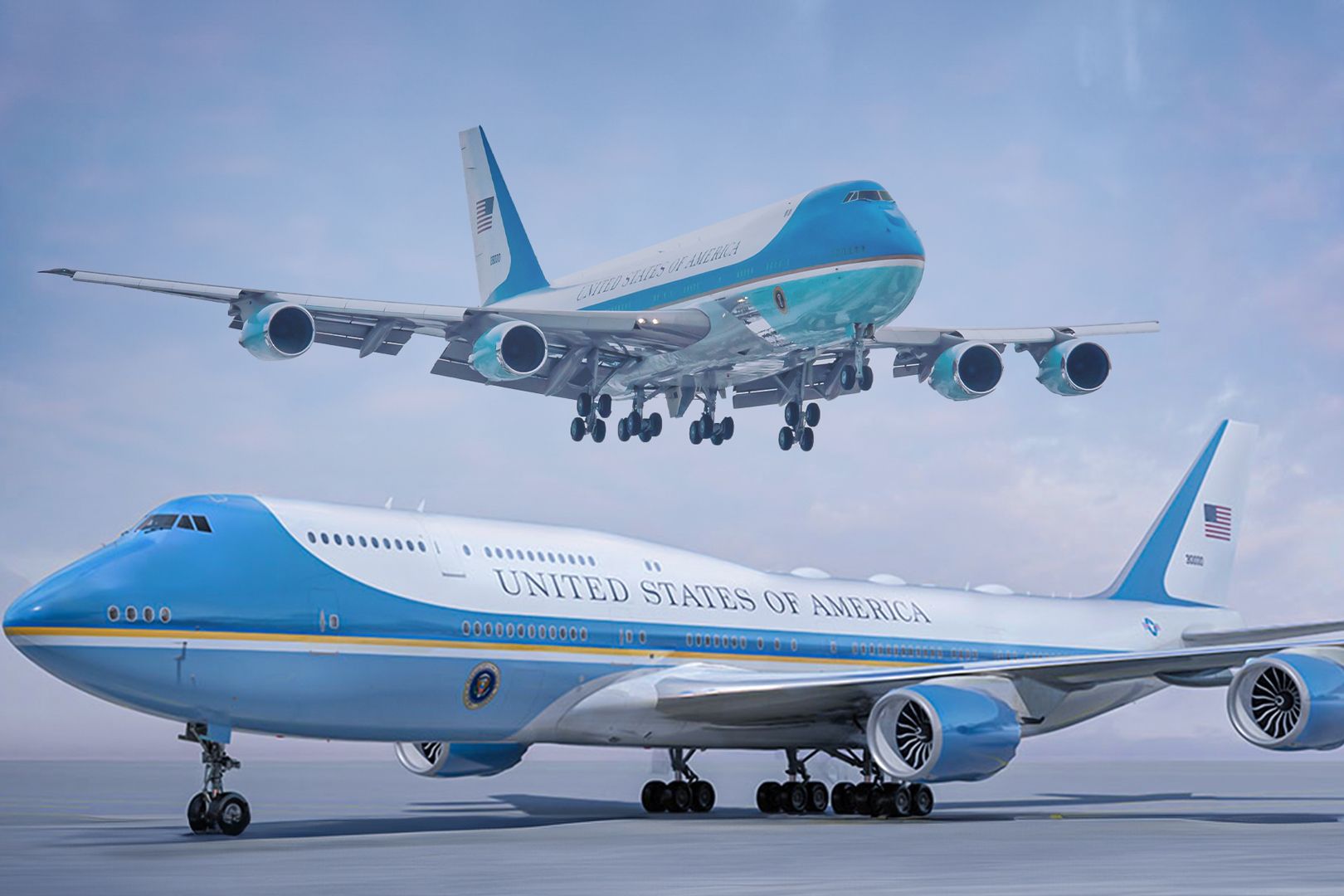Presidents Who Made History with Air Force One Air Force One, the iconic flying fortress of the United States, is not just an aircraft—it is a symbol of presidential power, security, and international diplomacy. Over the decades, this remarkable airplane has carried U.S. Presidents on countless journeys, each one marked by unique historical moments. But the significance of Presidents who used Air Force One goes beyond mere transportation. Air Force One has served as a stage for some of the most pivotal chapters in modern history, offering a platform for decisive leadership and groundbreaking moments.
Since its first use in the early 1960s, Air Force One has become synonymous with American authority and influence, soaring above the world as a symbol of the nation’s unwavering strength. But which Presidents have truly made history with the legendary aircraft, and what moments define their use of it?
In this article, we explore the Presidents who not only utilized Air Force One but also made it a centerpiece of history. These Presidents turned this flying office into a stage for international diplomacy, personal milestones, and critical decisions that have shaped the course of U.S. and world history.

The Birth of Air Force One: Eisenhower and the Dawn of a New Era
Before discussing the Presidents who utilized Air Force One in the more modern sense, it is essential to understand its origins. The story begins with President Dwight D. Eisenhower, who first employed the term “Air Force One” during his time in office. Prior to this, U.S.
While the aircraft wasn’t as sophisticated as the planes that would follow, it introduced the idea of a highly secure, presidentially tailored airliner that would accompany the President anywhere. Presidents who used Air Force One after Eisenhower’s term have all benefited from the technological advancements, security measures, and luxurious accommodations that came to define the aircraft.
During Eisenhower’s time, the Air Force One plane served as a platform for both domestic and international diplomacy. Eisenhower’s usage of Air Force One helped transform it into an essential instrument of presidential leadership and security.
John F. Kennedy: A Symbol of Modern American Power
When President John F. Kennedy ascended to office in 1961, the role of Air Force One became more than just a tool for transport. Kennedy, a symbol of youthful vigor and modern American leadership, understood the power of symbolism. Air Force One became a vital extension of his vision for the United States.
Kennedy’s relationship with the aircraft became particularly significant during the Cuban Missile Crisis. As tensions with the Soviet Union reached their peak, Kennedy used Air Force One not just as a safe haven, but as a command center during the intense negotiations. While Kennedy faced challenges in person-to-person diplomacy, the aircraft served as a mobile war room for him, allowing him to remain in constant communication with his advisors.
Kennedy’s use of Presidents who used Air Force One helped solidify the airplane’s image as the ultimate tool of command and decision-making.
Lyndon B. Johnson: The Power of a President on the Move
Lyndon B. Johnson, who succeeded Kennedy after his tragic assassination, made extensive use of Air Force One during his tenure. Known for his larger-than-life personality and political maneuvering, Johnson used Air Force One to forge powerful relationships with other world leaders and solidify his domestic agenda.
One of Johnson’s most famous uses of Air Force One came during the civil rights movement. As a staunch advocate for civil rights, Johnson used the aircraft as a platform to advocate for the passage of landmark legislation like the Civil Rights Act of 1964 and the Voting Rights Act of 1965. Air Force One wasn’t just a means of transport—it was a mobile headquarters from which Johnson could shape the future of America.
Additionally, Johnson’s diplomatic efforts in Southeast Asia, particularly during the escalation of the Vietnam War, were often coordinated from aboard Air Force One. Johnson took advantage of the airplane’s communications technology to engage in critical discussions with military and political leaders in real-time, even while flying at 30,000 feet.
The relationship between Presidents who used Air Force One and their political power became more intertwined during Johnson’s administration, where the aircraft was not just a symbol of American power, but an essential element of presidential strategy.
Richard Nixon: The Diplomatic Miles and the Infamous Departure
Richard Nixon’s time in office is synonymous with both historic diplomatic breakthroughs and a political scandal that led to his resignation. Nixon’s use of Air Force One was crucial during his groundbreaking visit to China in 1972. It was aboard Air Force One that Nixon’s team finalized plans for a trip that would thaw relations between the United States and China, a momentous diplomatic shift that had lasting implications on global politics.
However, Air Force One’s association with Nixon is also marked by the dark shadow of the Watergate scandal. In 1974, as the scandal engulfed his presidency, Nixon’s final moments aboard Air Force One were filled with tension. After facing increasing pressure from Congress and the public, Nixon resigned from office while aboard the aircraft, flying to California in disgrace. His resignation marked a dramatic and unfortunate turning point in the history of Presidents who used Air Force One.
Despite the scandal, Nixon’s time aboard Air Force One highlighted both the heights of diplomacy and the depths of political downfall, emphasizing the aircraft’s role in shaping history in moments of triumph and defeat.
Jimmy Carter: A President for Peace and Diplomacy
President Jimmy Carter, who took office in 1977, used Air Force One for a different purpose: diplomacy and peacebuilding. Carter, known for his efforts in brokering the Camp David Accords, used the aircraft as a vehicle for strategic international engagement. He traveled the world, promoting peace and stability in regions that were often embroiled in conflict.
One of Carter’s most significant achievements during his time aboard Air Force One was his mediation in the Middle East. The Camp David Accords, a peace agreement between Egypt and Israel brokered by Carter in 1978, was a monumental diplomatic achievement that would influence U.S. foreign policy for decades.
Carter’s Presidents who used Air Force One moment epitomized the power of diplomacy. Unlike many of his predecessors, his use of the aircraft was characterized by a commitment to peace rather than power. His travels, guided by his moral compass, demonstrated the importance of using the airplane as a tool for fostering global cooperation and conflict resolution.
Ronald Reagan: The Cold War, Diplomacy, and the Power of Symbolism
Ronald Reagan’s time in office during the 1980s was marked by his hardline stance against the Soviet Union, which was captured in the famous “Evil Empire” speech. Reagan’s Air Force One journeys were not just about military power—they were about using the aircraft as a symbolic instrument of American strength and resolve.
Reagan’s most famous use of Air Force One came during his summits with Soviet leader Mikhail Gorbachev. The meetings in Reykjavik, Iceland, and later in Washington D.C., were pivotal in the de-escalation of the Cold War. Reagan’s strategic use of Air Force One allowed him to maintain constant communication with his advisors while engaging in critical negotiations.
Additionally, Air Force One became a tool for Reagan’s domestic agendas. From campaign rallies to addressing pressing issues like the Iran-Contra scandal, the aircraft became a symbol of both his political triumphs and challenges. Reagan’s time aboard Air Force One helped cement its role not just as a mode of transport but as a central piece of the machinery of American political power.
George H.W. Bush: Air Force One and the End of the Cold War
As the 41st President of the United States, George H.W. Bush used Air Force One to navigate the final stages of the Cold War, culminating in the fall of the Berlin Wall in 1989 and the collapse of the Soviet Union in 1991. Bush’s use of Air Force One during this period helped solidify his status as a major figure in the shaping of the post-Cold War order.
Bush’s diplomacy in Eastern Europe was deeply tied to his travels aboard Air Force One. The aircraft was used to foster communication with world leaders and ensure the safe passage of American influence during these turbulent times.
One of Bush’s most memorable moments aboard the aircraft occurred during the Gulf War in 1991. As the U.S. led a coalition to expel Iraqi forces from Kuwait, Air Force One became a symbol of American resolve in the face of international aggression.
Bill Clinton: The Age of Modern Communication and Globalization
Bill Clinton’s presidency saw the evolution of Air Force One from a symbol of American power to a tool of global communication and technological advancement. With the rise of the internet and global connectivity, Clinton was the first President to fully embrace the ability of Air Force One to facilitate real-time communication on an unprecedented scale.
From summits in the Middle East to NATO engagements in Europe, Clinton used Air Force One not just as a presidential transport plane, but as a high-tech command center. His international travels saw him embrace a more diplomatic approach to world affairs, leveraging the power of communication and global collaboration.
Barack Obama: A New Era of Diplomacy and Global Engagement
As the first African-American President of the United States, Barack Obama made history in numerous ways, and his use of Air Force One was no exception. The aircraft became a symbol of his global engagement, as he traveled extensively to connect with world leaders, advocate for climate change, and redefine American foreign policy.
Obama’s leadership aboard Air Force One during critical moments, such as the killing of Osama bin Laden and the passage of the Paris Agreement on climate change, exemplified how the aircraft could be used as a tool for both global action and humanitarian progress.
Presidents who used Air Force One during Obama’s time in office showed how the aircraft had evolved into an essential tool for
ChatGPT bilang:
managing international crises, advancing diplomatic relations, and shaping the future of American influence.
Conclusion: The Continuing Legacy of Air Force One
Throughout the decades, Presidents who used Air Force One have redefined the role of the aircraft, each one contributing to its legacy in unique and profound ways. From the early days of Dwight D. Eisenhower’s presidency to the modern-day travels of Barack Obama, Air Force One has stood as a powerful symbol of American leadership and diplomatic influence.
For each of these Presidents, Air Force One was not just a means of transportation—it was a platform for pivotal decisions, a site for critical diplomatic negotiations, and a symbol of the power that comes with the office of the President. As the world continues to change, the legacy of Air Force One remains as relevant as ever, reminding us of the power of air travel in shaping global history.






